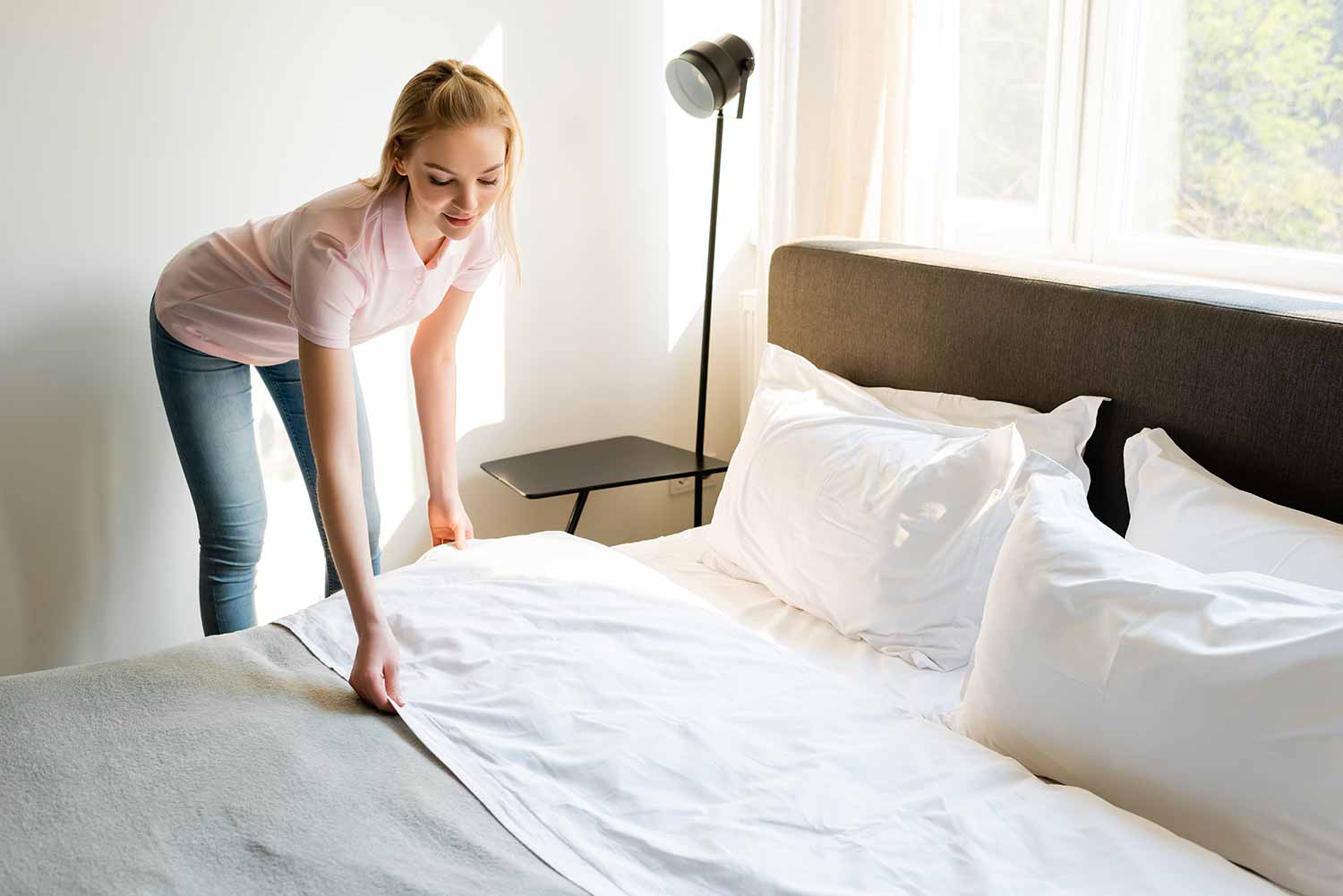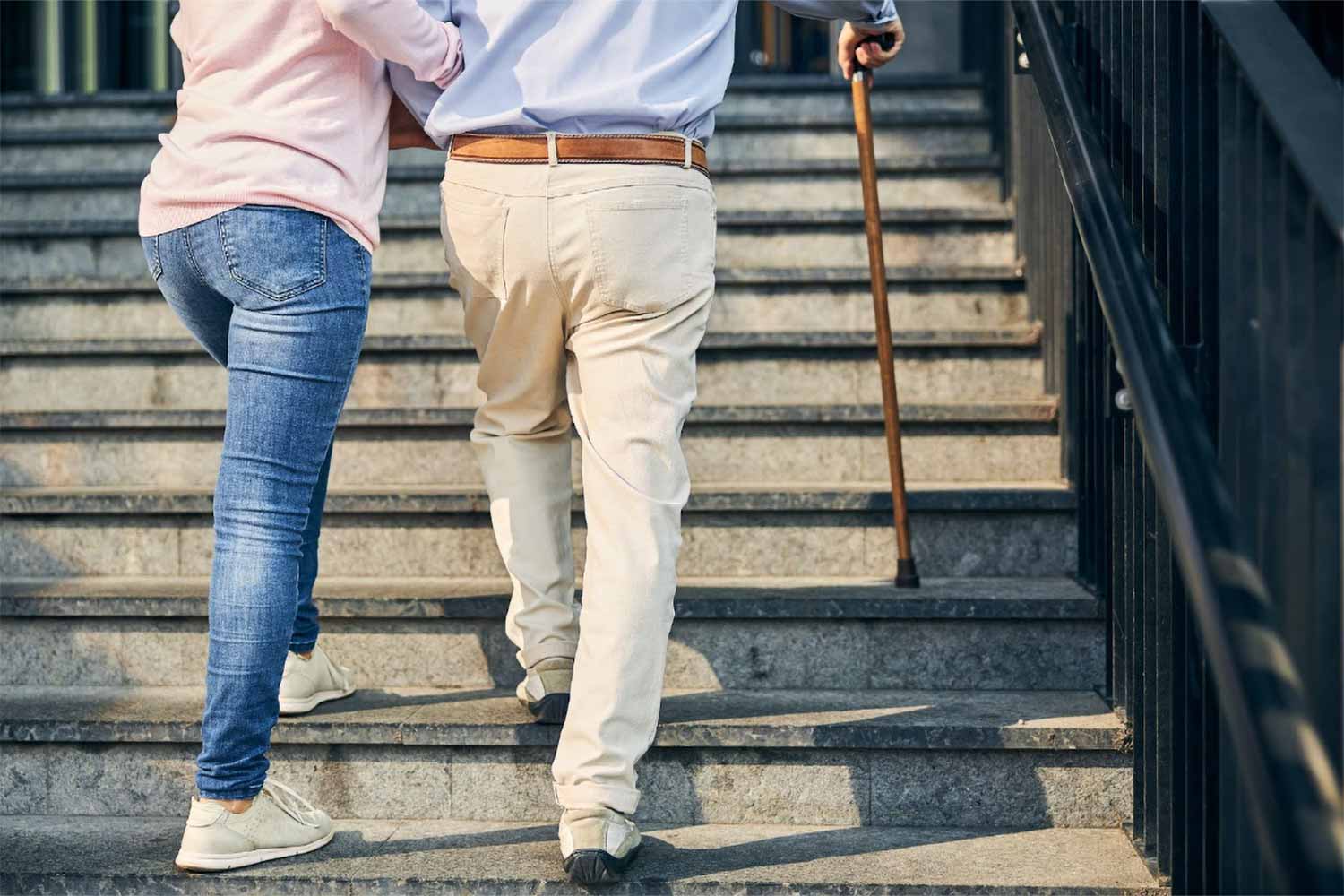Hip surgery is a significant medical procedure that requires careful planning and preparation. Whether the…

The Science of Sleep: Creating a Restful Environment
Sleep is a vital component of overall health and well-being, yet many people struggle to get quality rest on a regular basis. Creating a restful environment conducive to sleep is essential for improving sleep quality and promoting optimal health. In this blog, we’ll explore the science of sleep and discuss strategies for creating a restful sleep environment that supports a good night’s rest.
Understanding the Sleep Cycle
Before diving into creating a restful sleep environment, it’s helpful to understand the sleep cycle. Sleep consists of several stages, including non-rapid eye movement (NREM) sleep and rapid eye movement (REM) sleep. Each stage plays a unique role in restorative functions such as memory consolidation, hormone regulation, and physical recovery.
Factors Affecting Sleep Quality
Several factors can influence sleep quality, including:
- Light Exposure: Exposure to bright light, especially blue light from electronic devices, can disrupt the production of melatonin, a hormone that regulates sleep-wake cycles.
- Noise Levels: Loud noises or disturbances during sleep can interrupt the sleep cycle and reduce sleep quality.
- Temperature: Extreme temperatures, either too hot or too cold, can make it challenging to fall asleep and stay asleep.
- Comfort: Uncomfortable bedding, pillows, or mattresses can lead to physical discomfort and affect sleep quality.
- Stress and Anxiety: Mental and emotional stress can contribute to insomnia and sleep disturbances.
Creating a Restful Sleep Environment
- Optimize Bedroom Lighting: Use blackout curtains or blinds to block out external light sources, and avoid exposure to bright screens at least an hour before bedtime. Consider using dim, warm lighting in the evening to signal to your body that it’s time to wind down.
- Manage Noise: Use earplugs or a white noise machine to mask disruptive noises that may disturb your sleep. Keep your bedroom as quiet as possible to promote a peaceful sleep environment.
- Control Temperature: Keep your bedroom cool and comfortable, ideally between 60-67°F (15-19°C), as cooler temperatures are generally more conducive to sleep. Use bedding materials that regulate temperature, such as breathable fabrics.
- Choose Comfortable Bedding: Invest in a supportive mattress and comfortable pillows that suit your sleep preferences. Opt for bedding materials that feel cozy and inviting, such as cotton or linen sheets.
- Minimize Distractions: Keep electronic devices out of the bedroom or use them in a way that minimizes sleep disruption. Consider creating a bedtime routine that includes relaxing activities like reading or meditation to signal to your body that it’s time to sleep.
- Promote Relaxation: Create a calming sleep environment by incorporating relaxing scents like lavender, practicing deep breathing exercises, or listening to soothing music or nature sounds.
- Establish a Sleep Schedule: Maintain a consistent sleep schedule by going to bed and waking up at the same time each day, even on weekends. This helps regulate your body’s internal clock and improves overall sleep quality.
Conclusion
Creating a restful sleep environment involves understanding the science of sleep and implementing strategies that promote relaxation, comfort, and optimal sleep conditions. By optimizing bedroom lighting, managing noise levels, controlling temperature, choosing comfortable bedding, minimizing distractions, promoting relaxation, and establishing a sleep schedule, you can enhance your sleep quality and wake up feeling refreshed and rejuvenated each day. Prioritizing quality sleep is essential for overall health and well-being, so take the time to create a sleep environment that supports restful and rejuvenating sleep.



